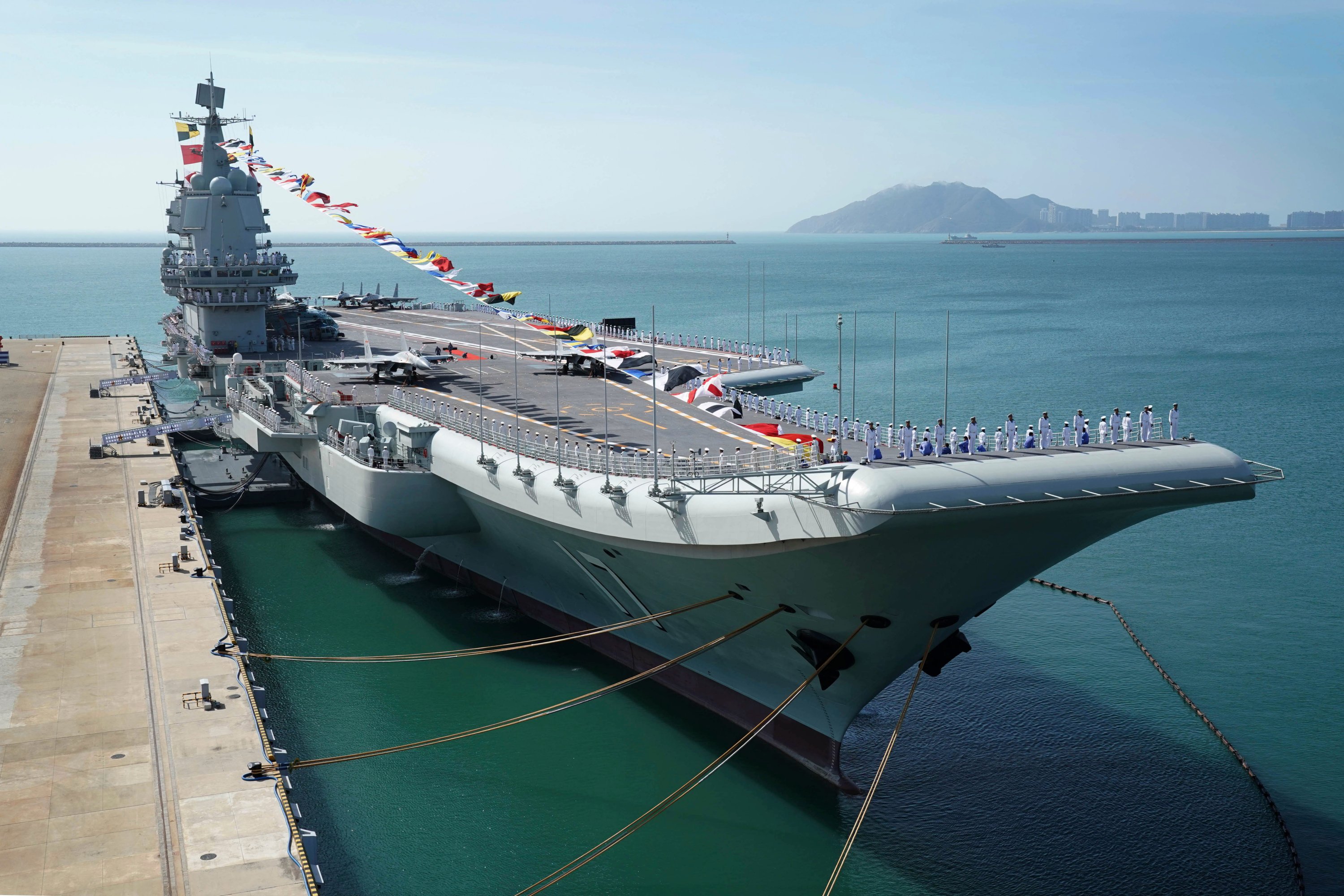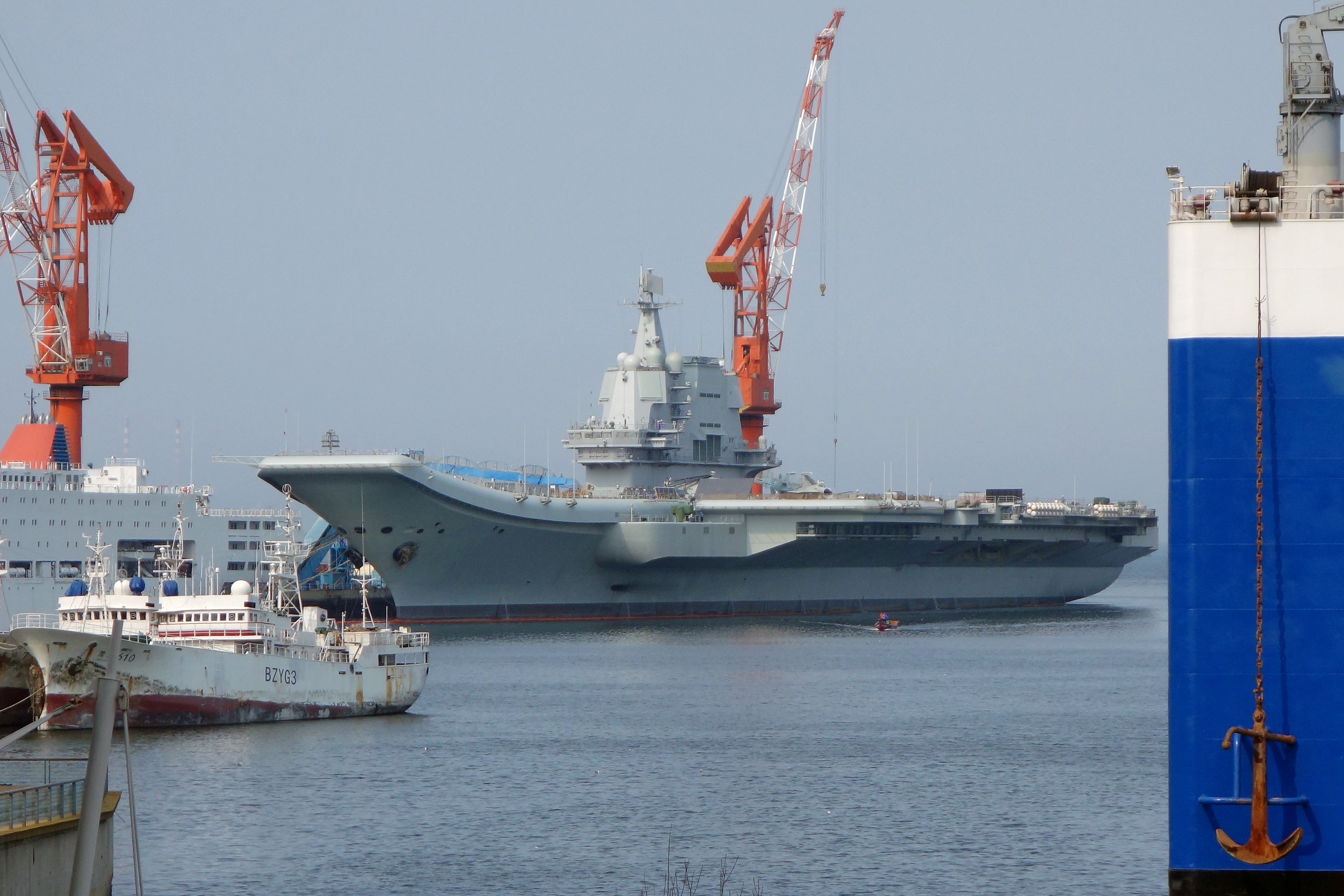China, known for having the world’s largest Navy, has made significant strides in building a naval base in Cambodia and is nearing the completion of a pier capable of berthing an aircraft carrier.
The FT report referred to images captured by BlackSky, a US commercial imagery company monitoring the construction progress at Ream Naval Base.
The images cited in the FT report show an almost completed pier at Ream Naval Base, resembling the size and design of a pier utilized by the Chinese military at their sole overseas base in Djibouti.
The Ream and Djibouti piers share a common feature, each featuring a 335-meter section capable of accommodating a Chinese aircraft carrier.
According to BlackSky, the initial indications of pier construction, long enough to berth warships, were observed in July 2022, and satellite images indicate rapid progress made by China since the end of 2022.
#China base in #Cambodia nears completion with pier that can accommodate an #AircraftCarrier. Pier also very similar to pier at the Chinese base in #Djibouti https://t.co/DKJm4H180i
— Demetri (@Dimi) July 24, 2023
The development follows Cambodia’s earlier announcement of plans to construct an air defense station and improve a radar system near the China-funded naval facility.
At the time, experts asserted that constructing the air defense station would bolster Ream’s strategic significance for China while simultaneously enhancing monitoring capabilities in the area.
Although Washington has raised concerns and issued warnings regarding the Ream naval base’s alleged development as China’s first military facility in the Indo-Pacific region, Cambodia has denied any plans to grant access to the People’s Liberation Army.
Yet, the resemblance to the pier in Djibouti indicates that China is possibly involved in the construction. The main point of contention lies in the intended usage and purpose of these facilities.

Collin Koh, Senior Fellow at the S. Rajaratnam School of International Studies, pointed out, “Cambodia is plausibly basing its approach on Singapore’s with respect to Changi Naval Base – provides military access, not basing.”
However, the key difference is that Beijing is funding the renovation, suggesting the pier is likely intended exclusively for China’s use, Koh added.
Why Is China Building A Naval Base In Cambodia?
Despite having a larger navy than the US, China currently faces limitations due to the absence of an extensive global network of bases and logistics facilities.
Such facilities are vital to fulfilling Beijing’s ambitions of establishing a fully-fledged blue-water navy capable of conducting global operations.
Access to a base on the Gulf of Thailand would, therefore, present a crucial strategic advantage to Beijing, as it would facilitate the expansion of its naval reach and project power more effectively in the Indo-Pacific and beyond, enabling the PLA Navy to operate more flexibly and assertively in international waters.
The base would also expand and improve Beijing’s naval operational capacities toward the critical shipping lanes of the Malacca Strait, a pivotal choke point in any potential conflict involving the US and its regional allies.
The EurAsian Times had also reported that constructing this naval base would increase China’s influence in the South China Sea and offer advantageous opportunities for intelligence-gathering activities related to Cambodia’s neighboring countries.

In addition, China has been constructing several military bases on reefs and reclaimed land in the South China Sea over the past decade.
However, a military base in another country could further complicate any potential US military response in the event of a conflict, potentially altering regional security dynamics.
However, with this new base located in Cambodia, geopolitical analysts believe that any military action against it would effectively involve bombing Cambodian territory, which would potentially raise significant diplomatic and geopolitical tensions.
On the other hand, China frequently rebuts criticism by highlighting the extensive network of military facilities maintained by the US worldwide, including several in the Indo-Pacific region.
A recent agreement between Washington and Manila has granted the US military access to four new bases in the Philippines.
That being said, the strategic move to establish a naval base in Cambodia is a powerful demonstration of China’s expanding regional influence in Southeast Asia.
This development sheds light on the increasing importance of the developing world, which emerges as a pivotal arena for the intensifying military competition between the United States and China.
- Contact the author at ashishmichel(at)gmail.com
- Follow EurAsian Times on Google News




